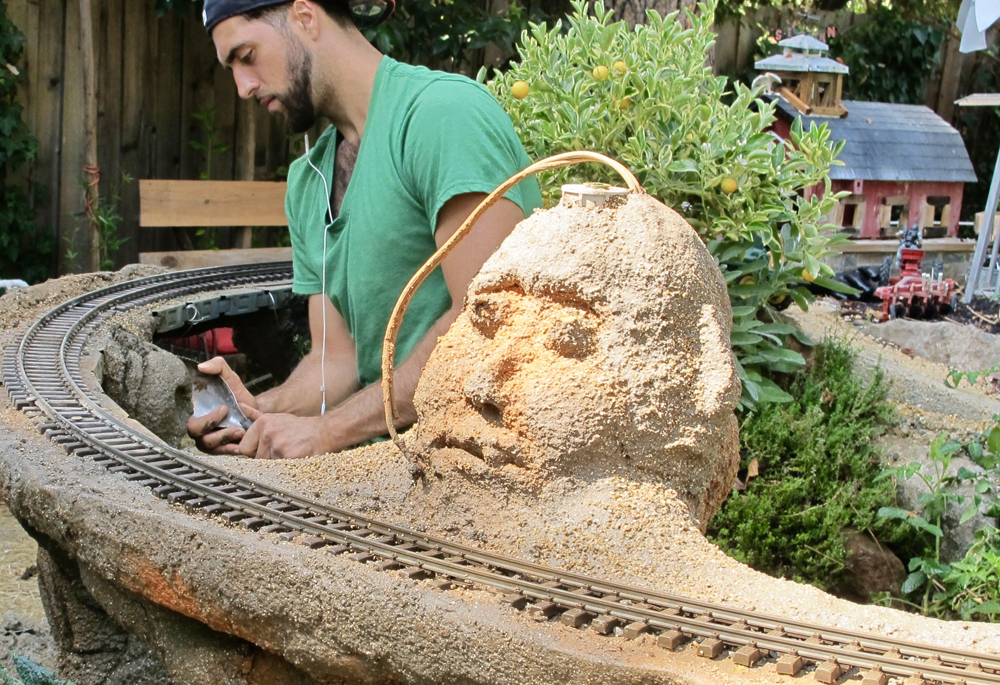
Preview April and May Garden Railways content While we may no longer be printing Garden Railways magazine, we’re adding new content to Trains.com every week! Here’s a few recent items, and a preview of what’s coming in the next month. Become a Trains.com member so you don’t miss any of this great content! Kitbash a […]
Read More…
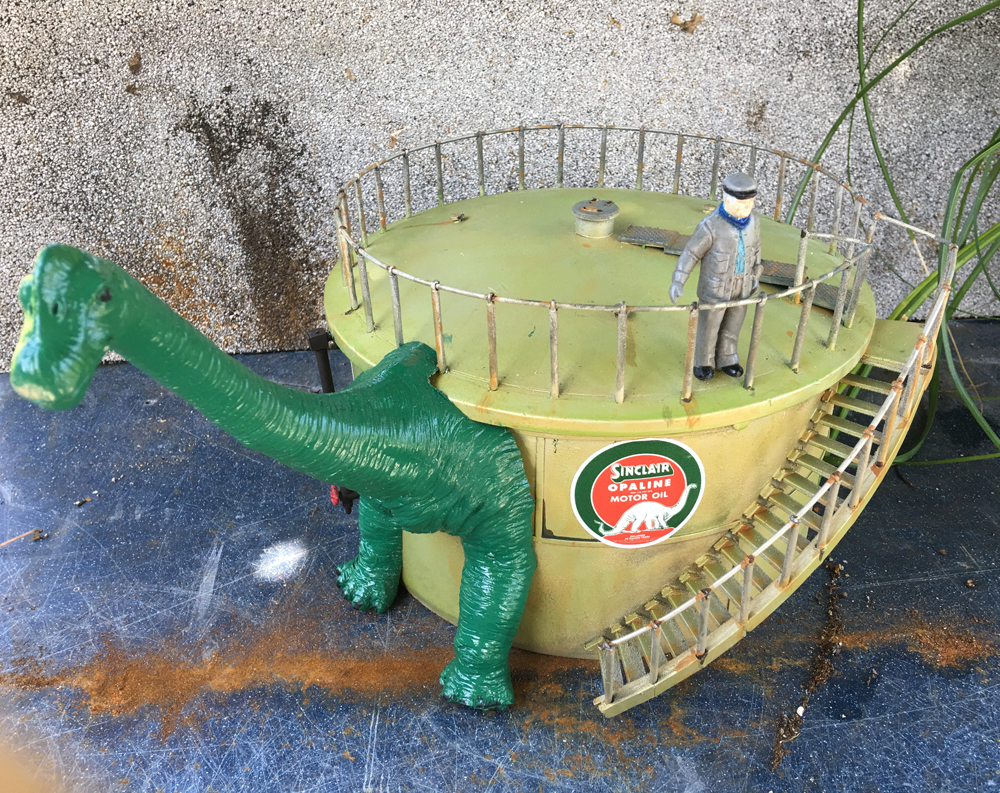
I always wanted to build a Sinclair gas station. As a kid, I remembered a Sinclair gas station in Pennsylvania with a large dinosaur statue on the front of the building. You had to walk through its legs to get inside. I wanted a similar style of structure for my garden railroad. I started with […]
Read More…
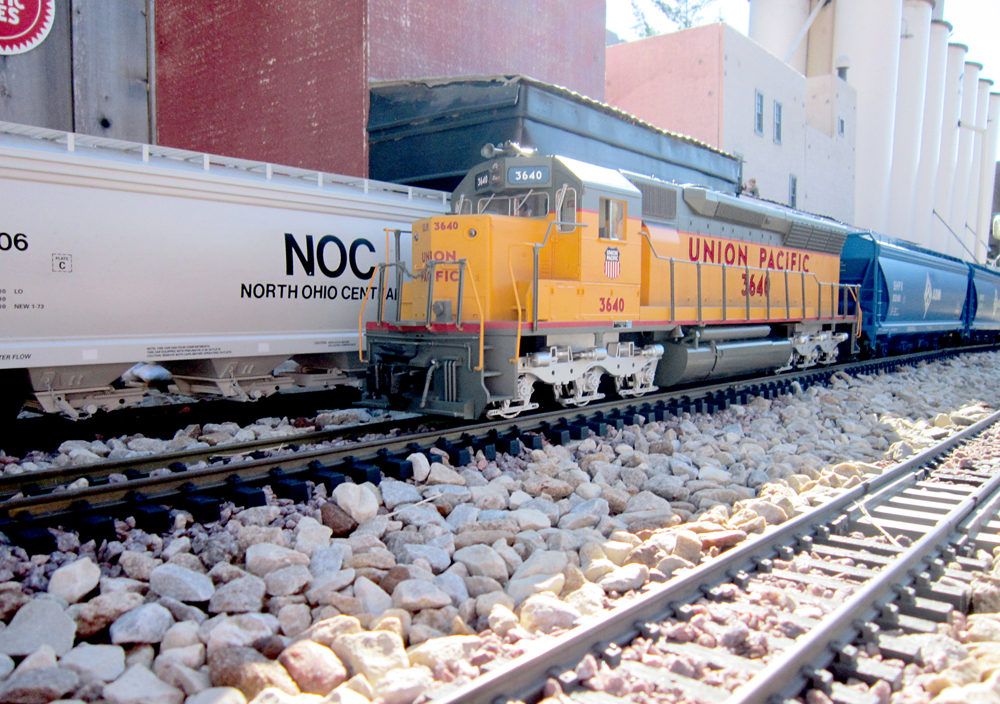
Industries in northern Ohio: The track and buildings are relatively level, but the walking area follows the contour of the ground. The entrance at the east is the highest, with the track and buildings being about one foot higher than the path. As you proceed to the west end, the path descends a little, so […]
Read More…
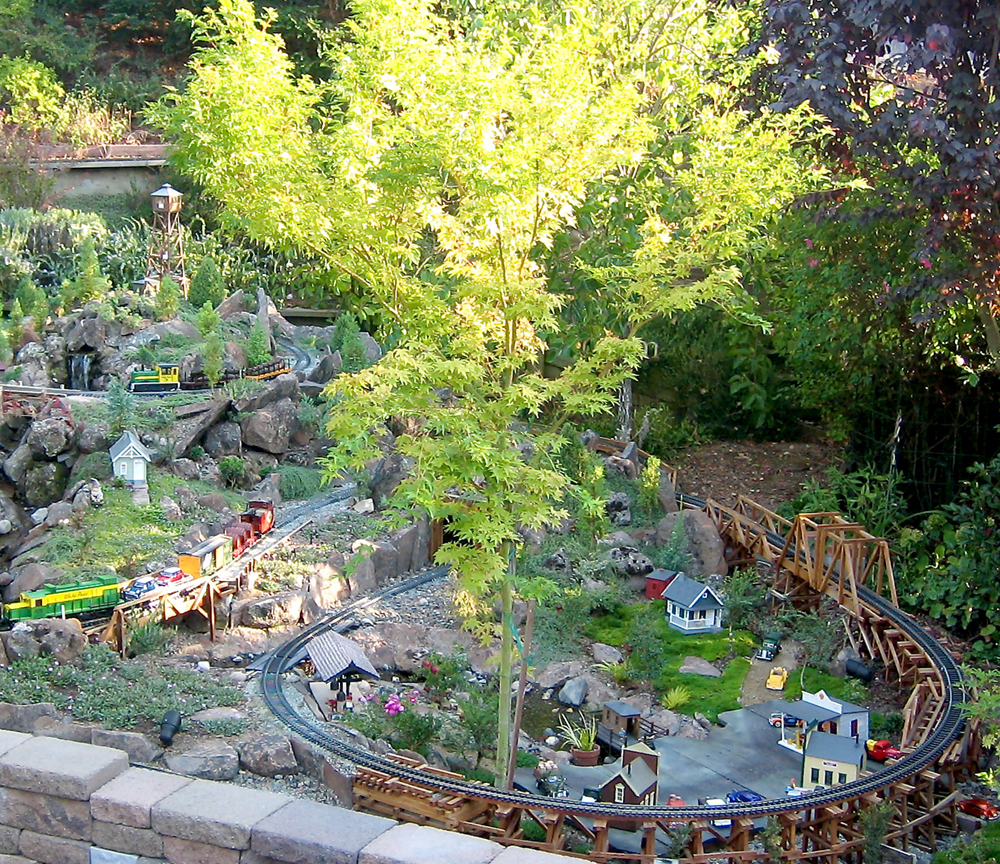
Common name: Coral bark Japanese maple Latin name: Acer palmatum ‘Sango kaku’ (syn. A.p. ‘Senkaki’) Plant size: 15-20′ high by 15-20′ wide, unpruned USDA Hardiness Zones: 4-9 Plant type: shrubs and small trees Cultural needs: Moist, well drained, neutral or slightly acidic soil; full sun to part shade One of the most popular, semi-dwarf Japanese […]
Read More…
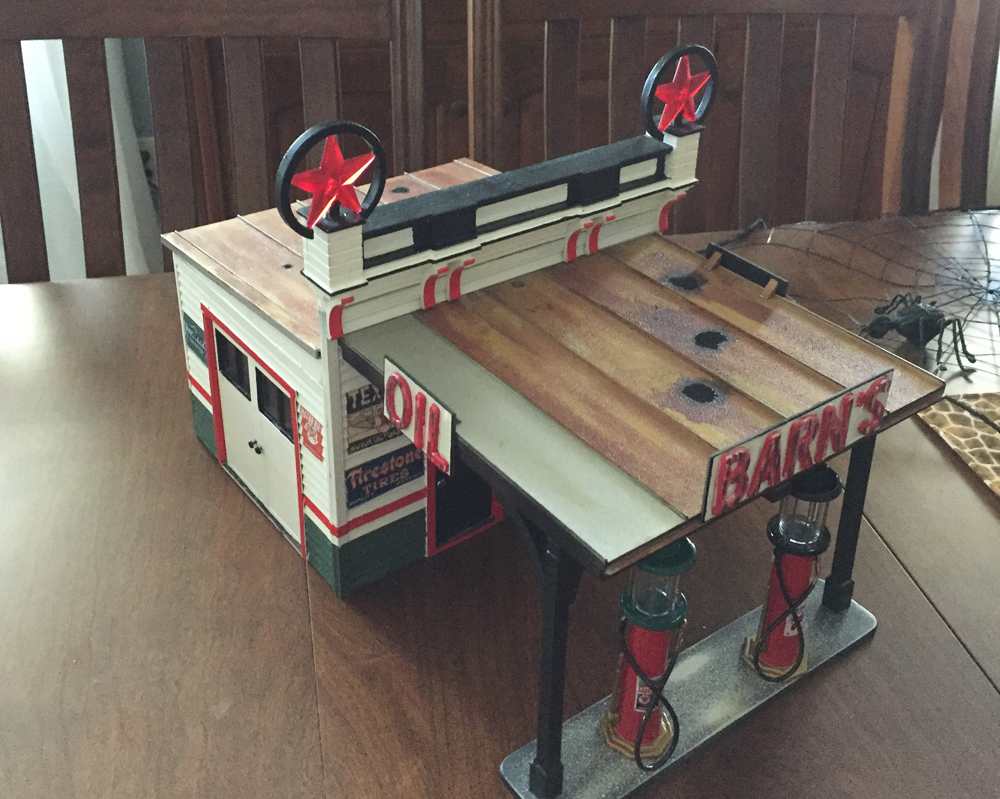
I had an idea to kitbash a Texaco gas station using pieces of a broken Wells Fargo Pola building. I wanted the station to look like something from my memories. I had a drawing of a similar station that I’d made back in the 1980s. My building looks similar to this drawing. First, I carefully cut […]
Read More…
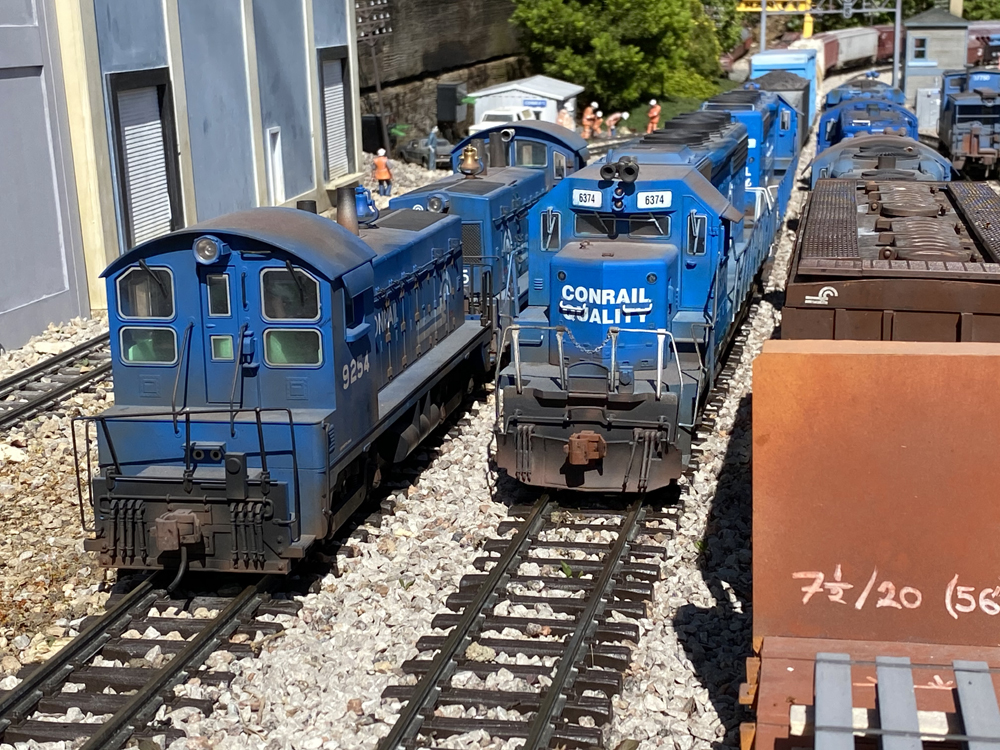
Modeling Conrail in the UK The genesis of the Bishopstown Sub is tale that involves a chance encounter and a leap of faith. In 2003 I found myself in Kuwait with the UK Military and one day I found myself in a USAF Headquarters. Walking through an office area I saw a screensaver image of […]
Read More…
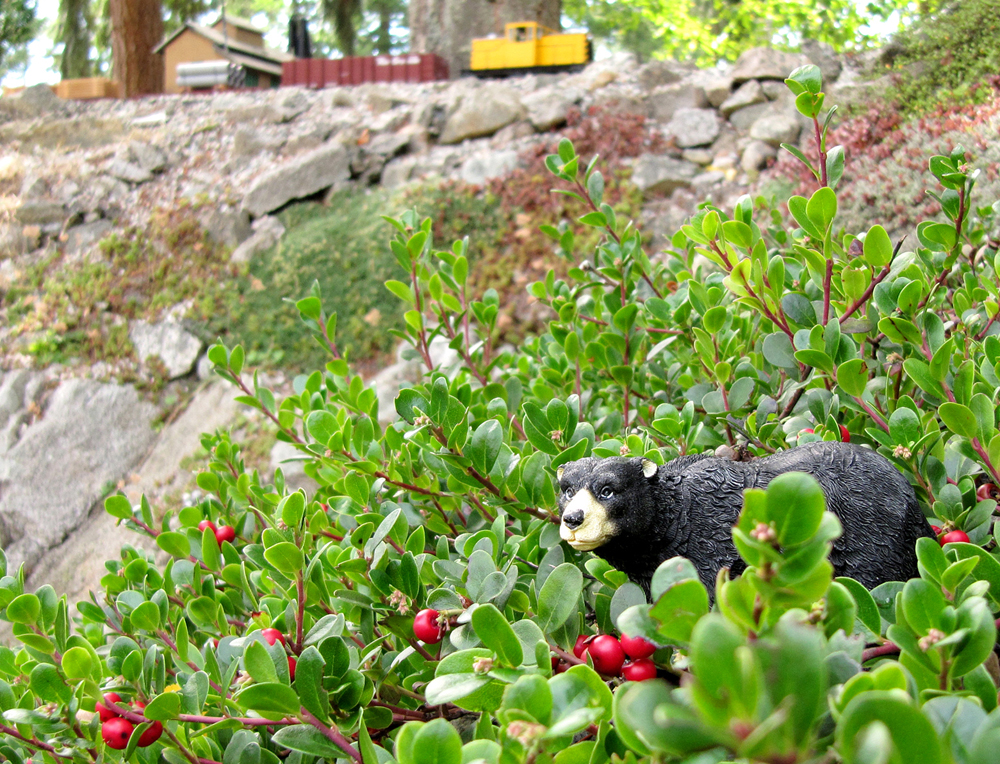
Common name: Bearberry, kinnikinnick Latin name: Arctostaphylos uva-ursi Plant type: Groundcover Plant size: 6″ high spreading to 3′ or more USDA Hardiness Zones: 2-7 Cultural needs: Moist, well drained, acidic soil; part shade or full sun Common bearberry is native to the US and Canada (as well as other continents) and is found in damp, […]
Read More…
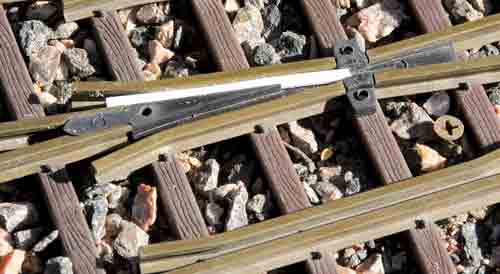
Troubleshooting problems with gauge-1 switches: If you were to ask any model railroader what the biggest headache on his or her railroad was, “switches” would rank in the top three every time. If we want our trains to do more than just run around in circles, however, they’re a necessary part of any model railroad. […]
Read More…
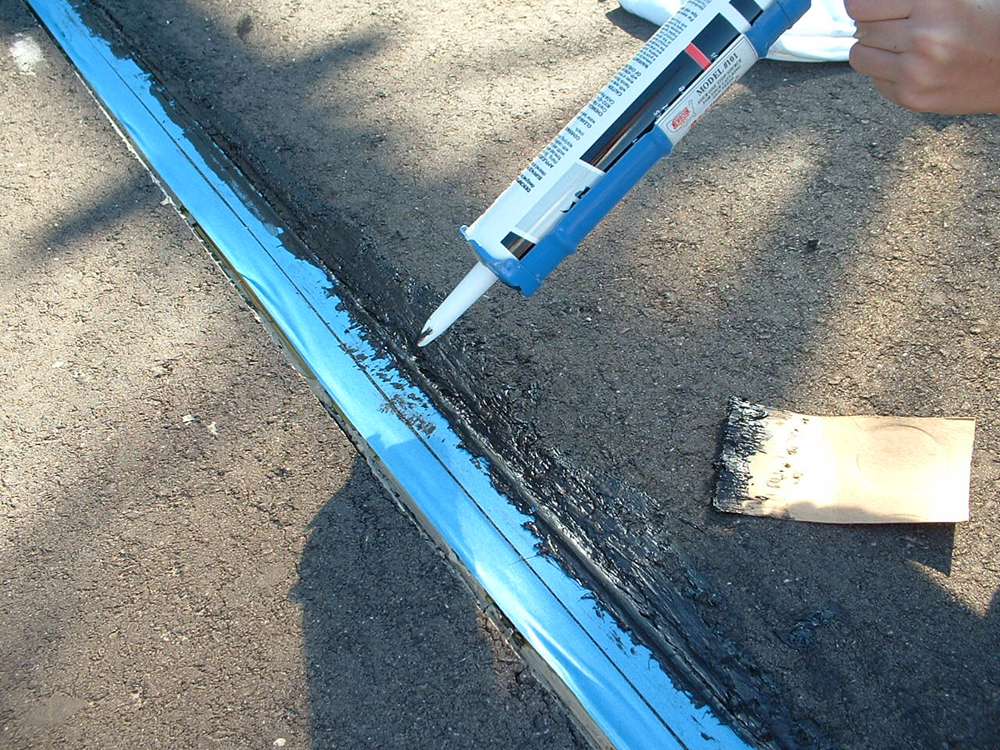
Grade crossing for a garden railway: I founded the Motorcycle and Model Railroad Museum of Wisconsin, a non-profit corporation that allows others to enjoy model trains and growing vintage motorcycles, in 2002. These, along with a 3,000 square foot HO scale model railroad layout, will be the centerpiece of this Green Bay area attraction. Having […]
Read More…
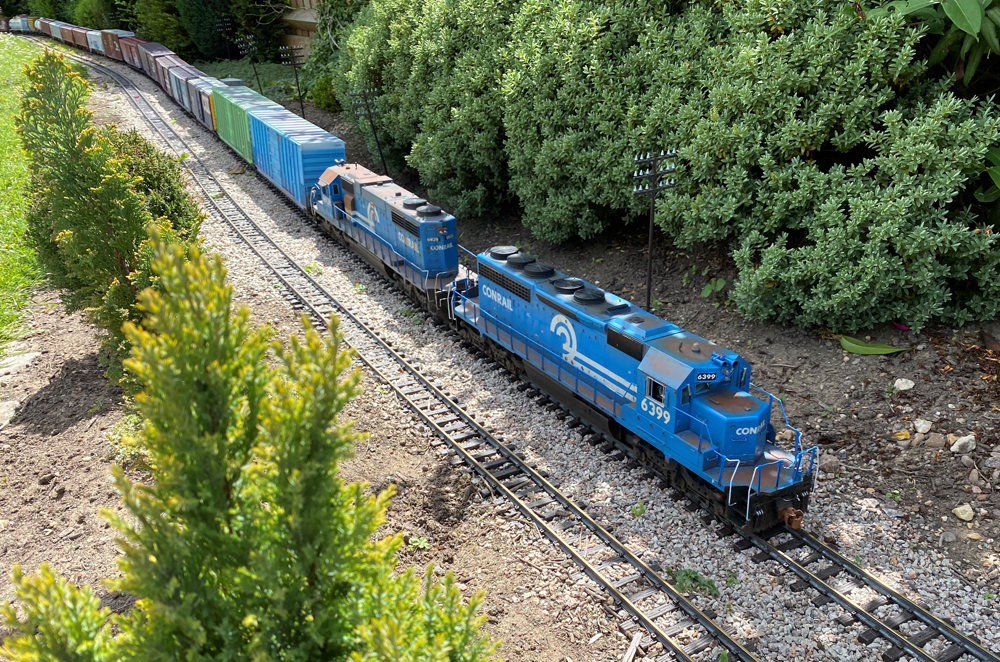
March and April Garden Railways content While we may no longer be printing Garden Railways magazine, we’re adding new content to Trains.com every week! Here’s a few recent items, and a preview of what’s coming in the coming month. Become a Trains.com member so you don’t miss any of this great content! Kitbash an inexpensive […]
Read More…
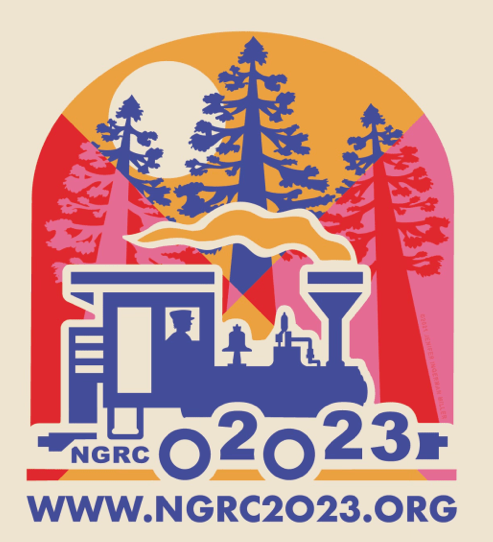
The Bay Area Garden Railway Society (BAGRS) is hosting the 2023 National Garden Railway Convention this year. The event runs from July 1-8 at the Hyatt Santa Clara, Calif. and features a variety of events for all ages. The show features an exhibit and vendor hall (The Santa Clara Convention Center, adjacent to the hotel) […]
Read More…
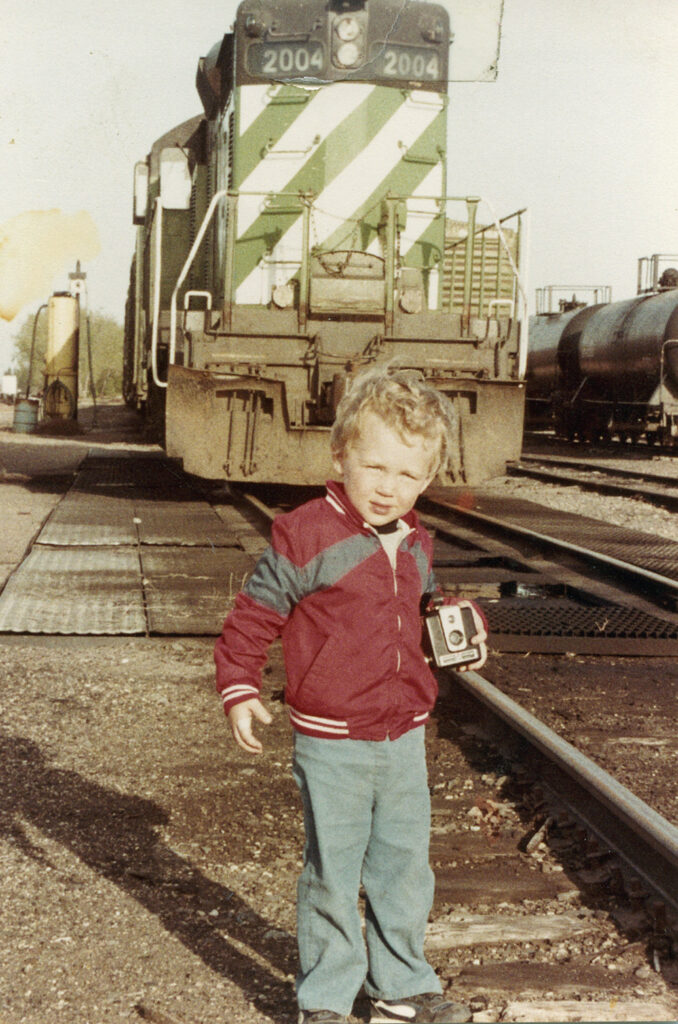
Meet Cody Grivno How did you get started in the hobby? My journey to model railroading isn’t the one you often read about in the pages of Model Railroader. There wasn’t a Lionel set under the Christmas tree. Though my dad, Steve, dabbled with model trains as a kid, he was more into military modeling. […]
Read More…












